Two Exhibitions Explore Intimacies of Home Across Centuries
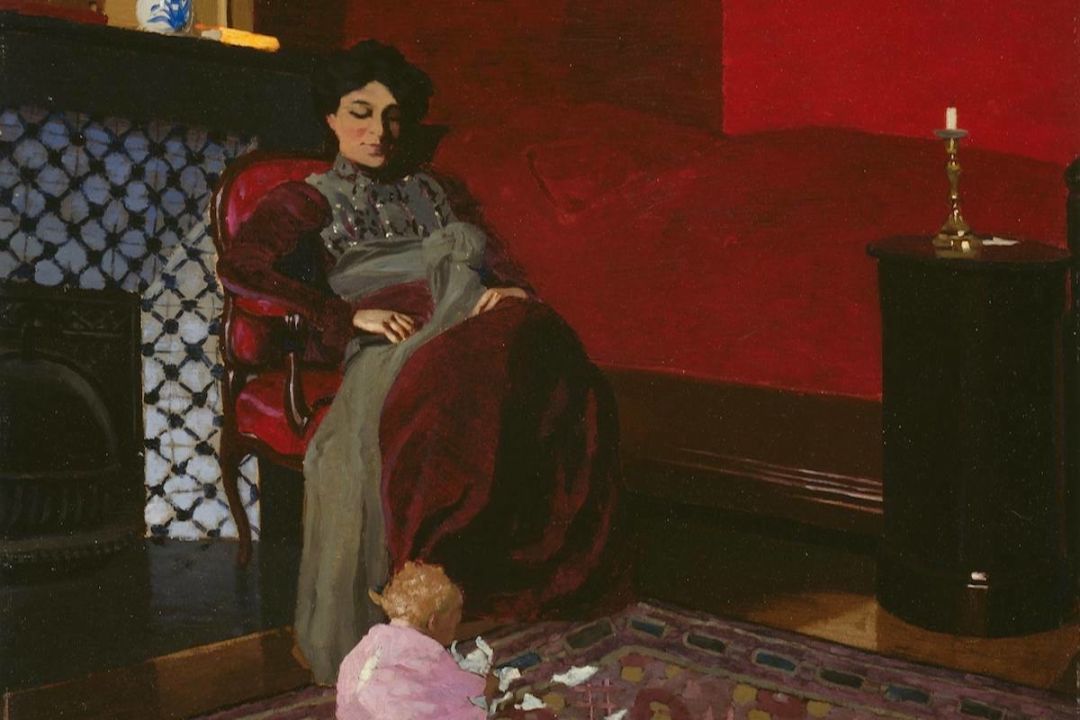
The Red Room, Étretat, 1899. Félix Vallotton (Swiss, 1865–1925). Oil on artist’s board; 49.2 x 51.3 cm. The Art Institute of Chicago, Bequest of Mrs. Clive Runnells, 1977.606
This fall at the Portland Art Museum, two seemingly disconnected exhibitions offer visitors the opportunity to immerse themselves in the small details of life from ancient Egypt in the Nineteenth Dynasty (1292 – 1189 BCE) and Paris, France, at the turn of the Twentieth Century (1889-1900 CE).
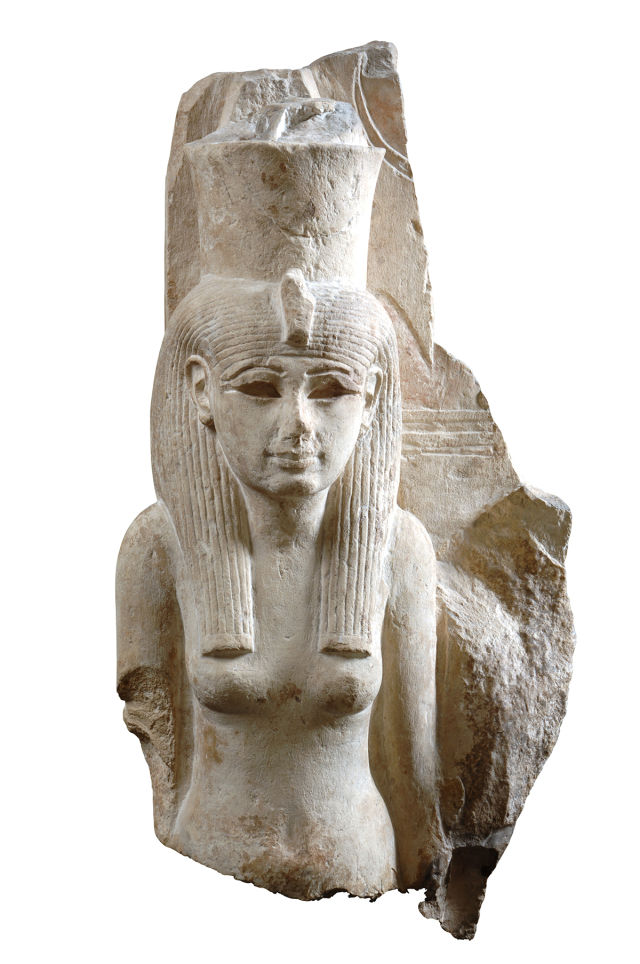
Queen Nefertari’s Egypt
First to open is Queen Nefertari’s Egypt. Nefertari was the one of the most celebrated queens of ancient Egypt, and the favored wife of Pharaoh Ramesses II, who called her “The One for Whom the Sun Shines.” The exhibition celebrates the role of women—goddesses, queens, and commoners—and offers glimpses into both royal life and the everyday life of artisans through more than 220 works of art. Drawn from world-renowned Museo Egizio in Turin, Italy, the exhibition immerses visitors in magnificent palaces and tombs of ancient Egypt, including Queen Nefertari’s burial chamber.
Visitors to the exhibition will view personal objects from Nefertari’s tomb plus an array of objects from royal and day-to-day life in Egypt during the 19th Dynasty of the New Kingdom (1292 – 1189 BCE) — majestic sculptures, intricately painted sarcophagi, jewelry, and perfume and cosmetics jars.
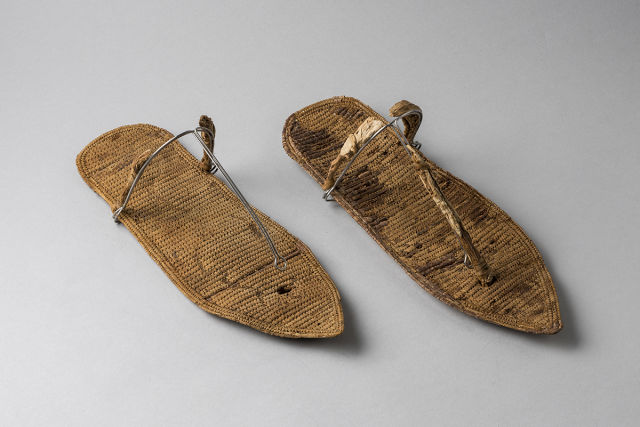
The exhibition includes fragments of Nefertari’s massive pink granite sarcophagus lid, wooden shabtis (small figures who could perform manual labor in the afterlife), a beautiful gold and faience amulet in the shape of a djed-pillar (a symbol of stability) and a pair of woven palm-leaf sandals—U.S. women’s size 9.
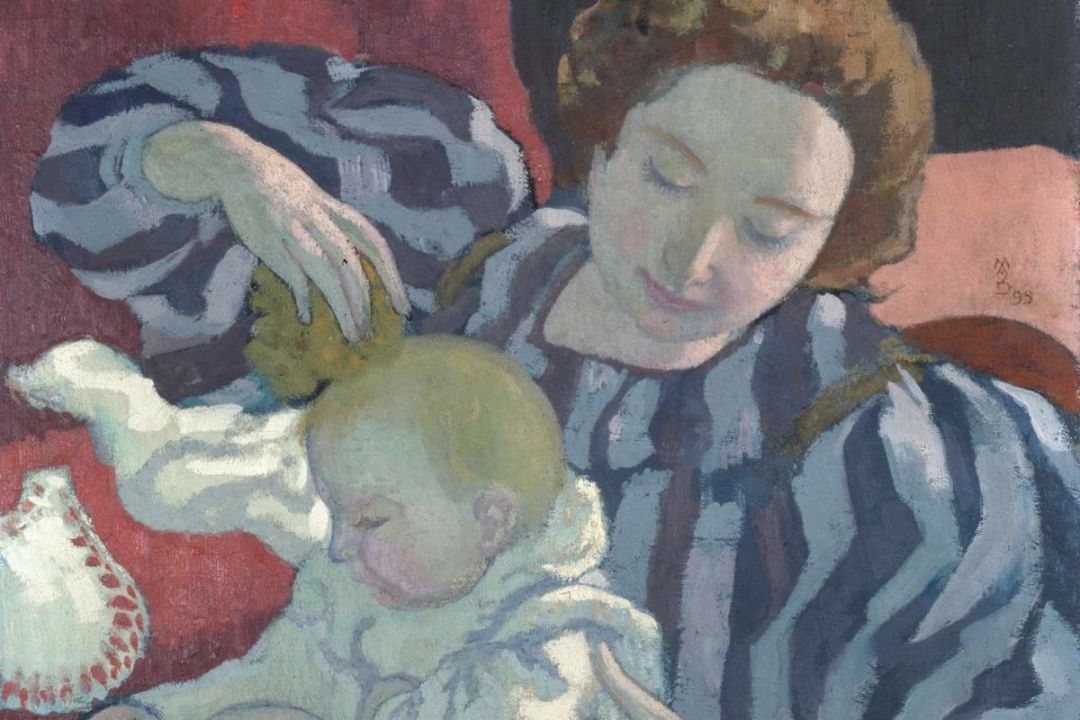
Washing the Baby, 1899. Maurice Denis (French, 1870–1943). Oil on canvas; 65 x 45 cm. Private
collection. Image © Catalogue raisonné Maurice Denis. © 2021 Artists Rights Society (ARS), New York /
ADAGP, Paris
Private Lives: Home and Family in the Art of the Nabis, Paris, 1889–1900
As the pandemic continues to keep many people closely acquainted with their homes, the themes of home and family life in Private Lives: Home and Family in the Art of the Nabis, Paris, 1889–1900 feel especially relevant. The exhibition explores the beautiful, enigmatic, and paradoxical work of Pierre Bonnard, Édouard Vuillard, Maurice Denis, and Félix Vallotton, four members of the Nabi Brotherhood. A group of young artists who were inspired by the growing current of symbolism in literature and theater, the Nabis sought to create an art of suggestion and emotion. Private Lives takes a close look at their paintings, prints, and drawings of home, family, and children, or what Bonnard referred to as the small pleasures and “modest acts of life.”
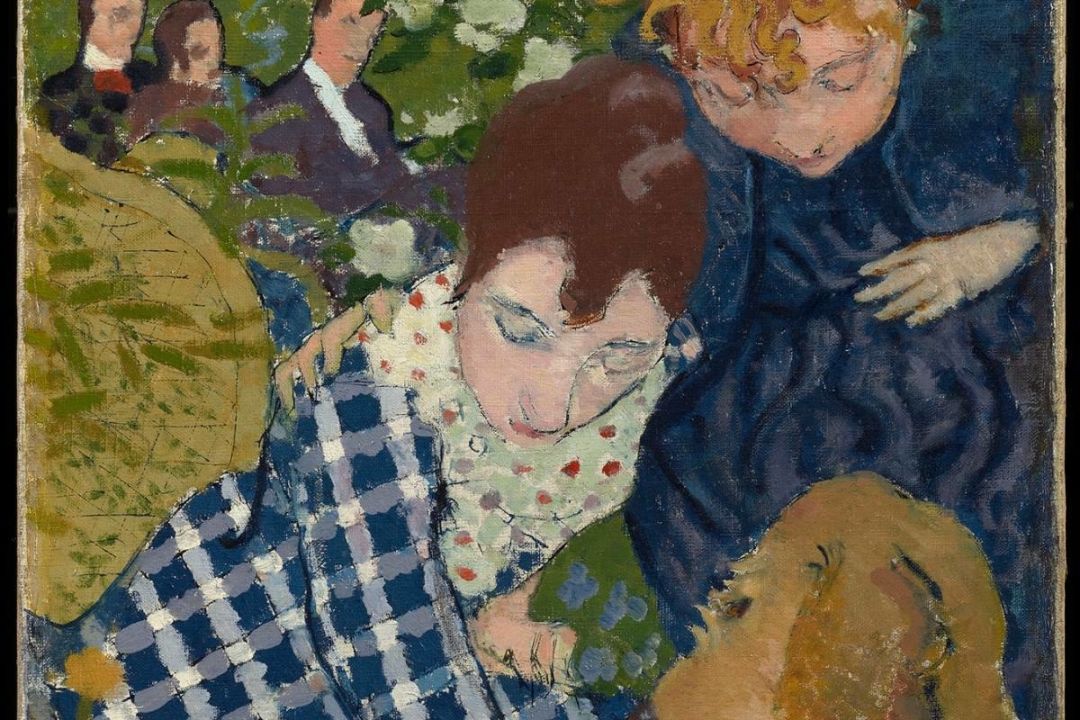
Women with a Dog, 1891. Pierre Bonnard (French, 1867–1947). Oil and ink on canvas; 41 x 32.5 cm. The
Clark Art Institute, Acquired by the Clark, 1979, 1979.23. Image courtesy of the Clark Art Institute.
clarkart.edu. © 2021 Artists Rights Society (ARS), New York / ADAGP, Paris
Although their styles varied, each returned repeatedly to the motifs of home life, romantic love, and family. Yet the domestic world was not always what it seemed; suppressed secrets, hidden affairs, and familial tension bubble beneath the surface, challenging the viewer to construct the unspoken narrative of these small but powerful images of interiors, gardens, and the city of Paris.
Timed-entry tickets are required for Queen Nefertari’s Egypt, and it is highly recommended to purchase online in advance of visiting. Admission includes entry to the entire museum. Kids ages 17 and under always visit for free.
